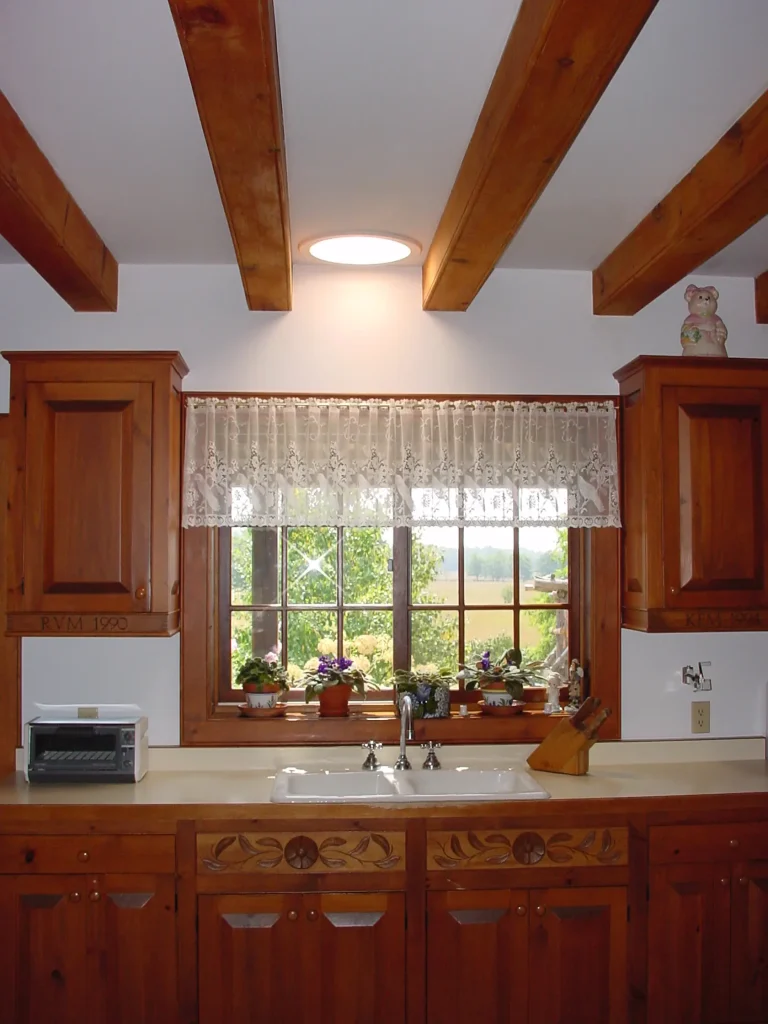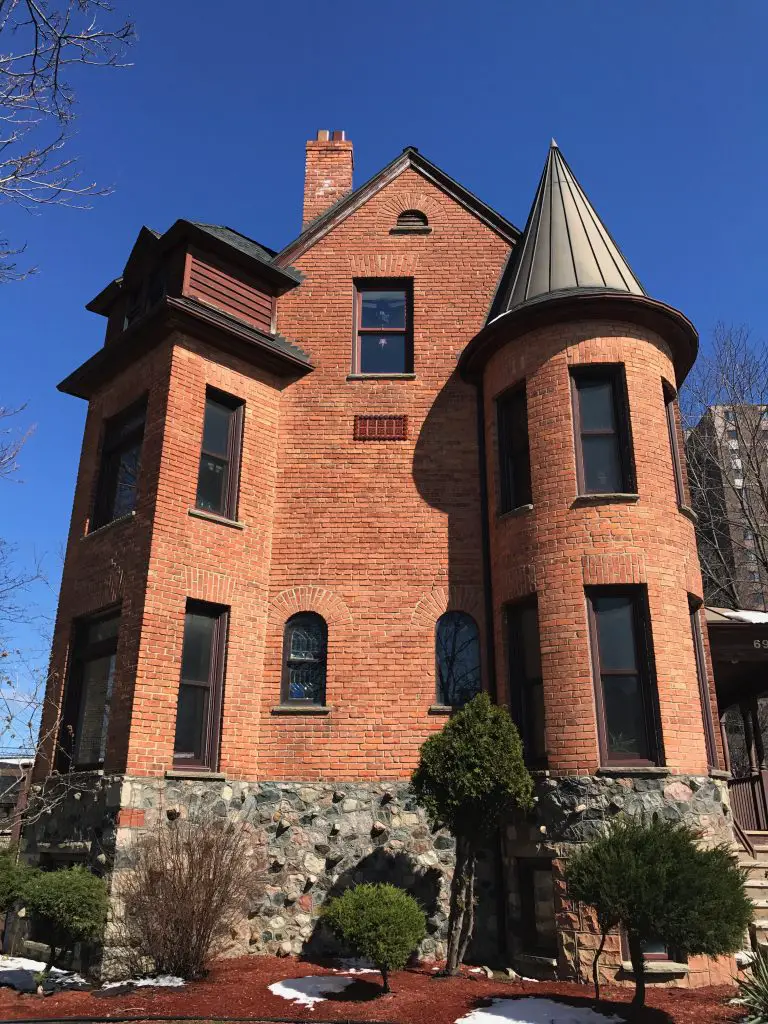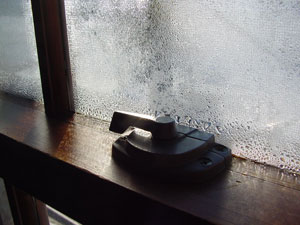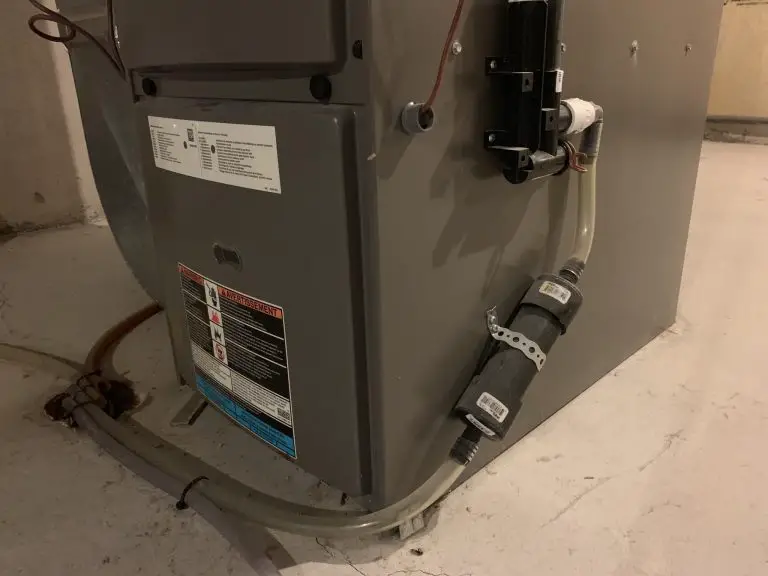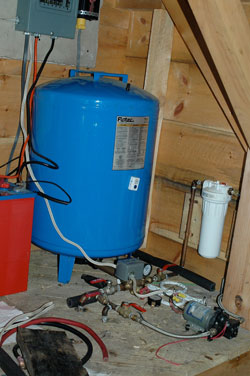
Do you want to gain the satisfaction of developing practical skills, saving money doing things yourself, and becoming more confident and creative with DIY and workshop projects? This has always been something that interested me from boyhood, and it’s still a big source of joy and benefit for me today.
But lately I’ve become conscious of something I hadn’t really thought of before. Most of the skills I’ve developed have come from my interaction with people more skilled than I was when we met. This kind of interaction has done more for me than any formal training I’ve taken, and it’s the founding idea behind the Bailey Line Road VIP Community I’ve been mentioning lately.
When it comes to things like this, the word “skills” doesn’t really explain things well. Hands-on skills are just one of three parts of the equation, important as they are.
Hands-On Skills Only a Part
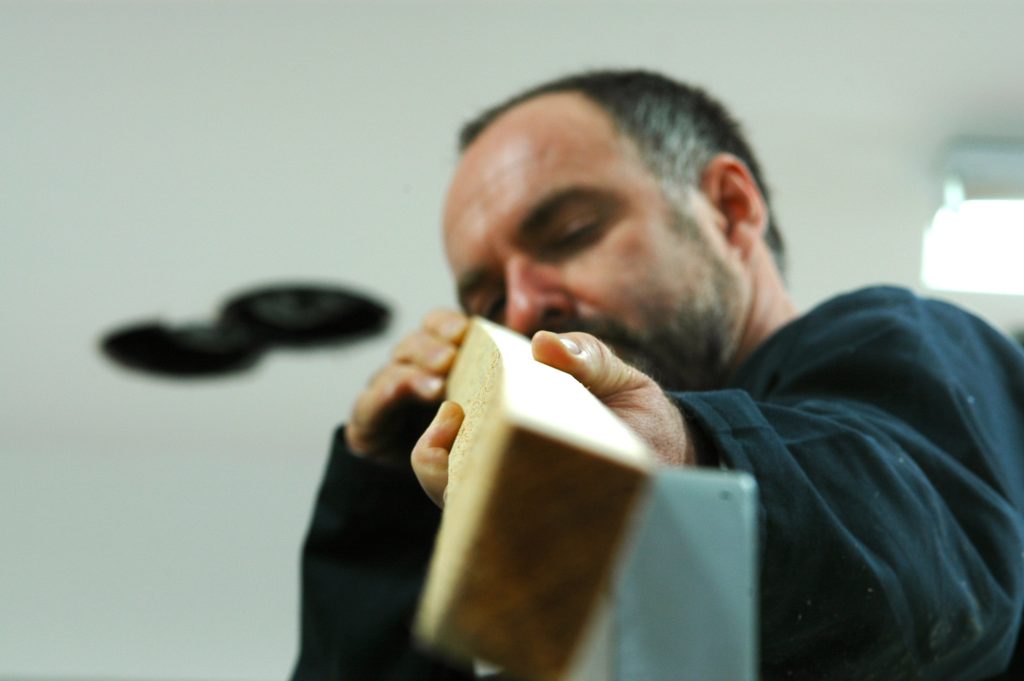
The fastest and most effective way to boost your hands-on abilities is not your only job (as I’ll explain), but it’s certainly part of success.
Your hands-on abilities can increase by watching a neighbour fix a fence, watching with a friend who knows woodworking, or learning from welding experts online. There’s no substitute for the real-world experience of others, and tapping into someone else’s know-how can supercharge your abilities, as I first noticed in a big way back in the late 1980s.
I was in my mid-twenties when I began working in a commercial cabinet shop. We made solid wood kitchen and bathroom cabinets, and I had plenty of experience with this kind of work from 8 years of making wooden items for sale, building them as a teenager in my parents’ basement with little more than personal experience gained the hard way.
But despite all this experience, I soon realized that I had a lot I could learn from the guys working at benches around me, even though I had been working with wood longer than most of them. I was no more than half as fast at doing things than the other guys, and the difference was how they went about the work. That’s what prompted me to keep a small pad in my pocket, writing and sketching things that I learned from observation (I still have these little pads). But only part of what’s in those pocket pads could be described as hands-on skills. Most of it actually has to do with how you perceive a job – how you see it. The WAY you go about tackling a job is at least as important as doing it. This is where learning how people envision a job is so important.
Learning the Best Way to Tackle a Job

Vision of this kind is different than hands-on skills. That’s why one of the biggest mistakes beginners make is jumping into a project without fully understanding the steps involved, and especially the most efficient and practical ways to do things. You might have the right intention and even the right tools, but without a clear plan or proven method, things can (and usually do) quickly go off track.
Take drywall repair, for instance. You could just slap on some compound and hope for the best, or you could take five minutes to learn how professionals feather out the edges, sand properly, and layer coats for a seamless finish. That extra bit of preparation can mean the difference between a rough patch job and a flawless repair.
This principle applies to just about everything: tiling a floor, building a deck, installing a sink, building a table, or wiring a new light fixture. By understanding the sequence of steps and why each one matters, you avoid costly mistakes and get better results. Don’t just look for “how-to” guides—look for the “why” behind the “how.” And after that, should come thoughts about tools.
Discovering the Right Tools
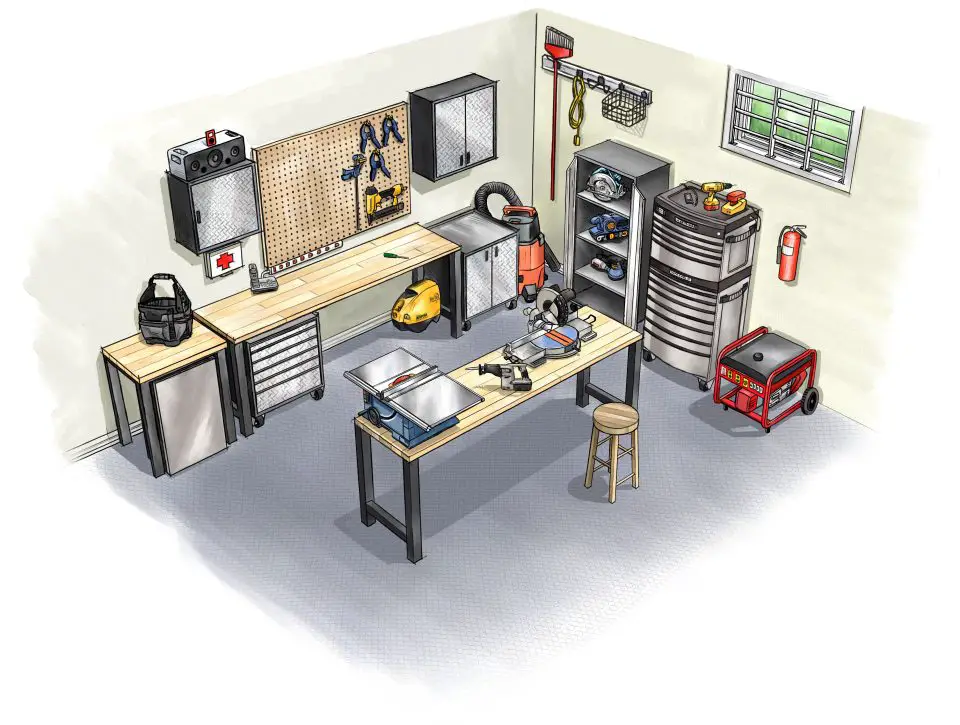
Sometimes, all it takes is one specialized tool to unlock a whole new set of capabilities. For example, learning to use a pocket hole jig opens up a world of strong, hidden-joint wood projects. Discovering a good-quality oscillating tool made cutting and trimming in tight spaces simple instead of stressful. I recently discovered two new types of grinding disks for my angle grinder – super-thin disks for cutting steel, and round-edged flap wheels for improving the look of welds – and these have improved the quality of my metalworking enormously.
The right tools aren’t always expensive, either. Sometimes it’s just knowing about a small accessory or a clever attachment that makes a big impact. Spend time at tool stores, browse online forums, or watch tool reviews—you’ll start to recognize which tools are worth investing in and how to use them effectively.
The Power of the Big Idea

All of this brings us back to that hidden idea—the little insight that can change everything. It comes down to the simple word “connections”.
Can connection experiences like this be encourage, and made easier? That’s the idea behind the Bailey Line Road VIP Community I’ve created. So if you feel the urge to do more with your hands, your mind and your heart, check out what we’re up to risk-free. Next Monday, March 31st, one lucky community member will also win a cordless DEWALT drill in the first of the regular giveaways that are part of what happens in the Bailey Line Road VIP Community.







